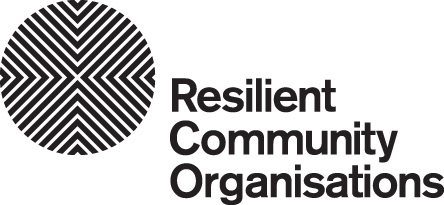Linking Vulnerable Clients to Networks
People who are experiencing poverty and disadvantage are likely to be the worst affected by a disaster.
Nonetheless, there are different risks for people in different situations. For example in relation to evacuations:
- Some people may need support to evacuate but at the same time are well connected to family, friends or neighbours and have the necessary support available within their networks.
- Other people may need support to evacuate but at the same time are more isolated and will need support from services.
Because community organisations are well connected with people who are experiencing poverty and disadvantage it is important to identify clients who may need supports from services in disaster or emergency.
In planning for and responding to a disaster each local community needs to be able to identify the vulnerable people and what supports they need.
When the community in the Blue Mountains in NSW were reviewing their disaster preparedness they recommended establishing a Vulnerable Persons Register, as did the 2009 Victorian Bushfires Royal Commission.
Recommendation 7: Vulnerable Persons Register
As recommended by the 2009 Victorian Bushfires Royal Commission, some form of accounting for the location and needs of vulnerable members of the community needs to be initiated. This would require:
- A centralised vulnerable persons register within the Blue Mountains
- Maintenance and review by the appropriate agencies (including the relevant state government department, local council and local emergency management committee)
- Resourcing to support such an initiative and appointment of an appropriate agency or service to maage this function across the Blue Mountains Local Government Area
- Strong administration and coordination of the register
- Clear development and delineation of responsibilities between agencies, specific to the actions to be rtaken by individual agencies to assist persons on the vulnerability register
- Clear identification of the resources that would be deployed or made available by specific agencies in the event of activation of a Vulnerable Persons Register in a natural disaster or emergency
In planning for and responding to a disaster can your community identify the vulnerable people and what supports they need?





